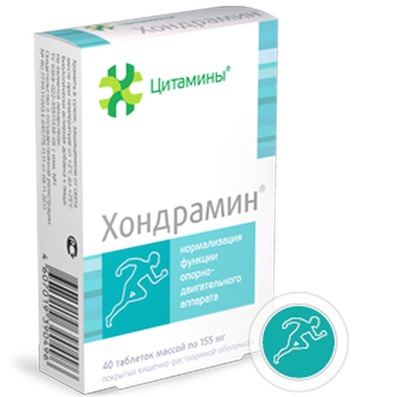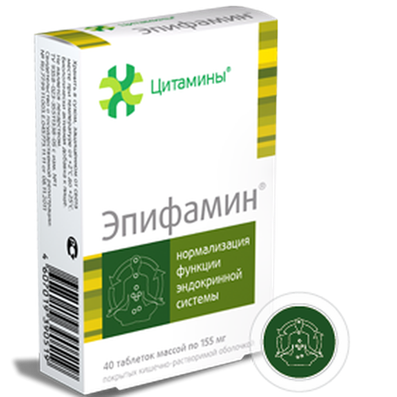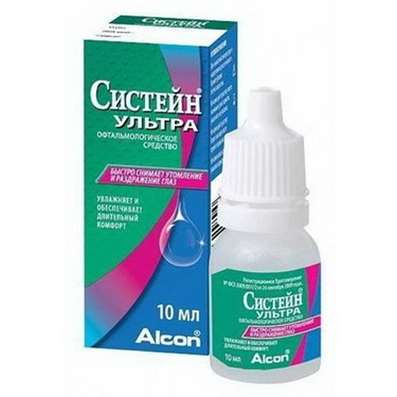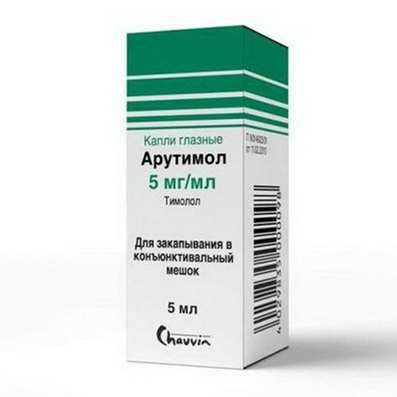Instruction for use: Leuprorelin (Leuprorelinum)
I want this, give me price
Chemical name
6-D-Leucine-9- (N-ethyl-L-prolinamide) -10-deglycinamide-luteinizing hormone-releasing factor (porcine)
Pharmacological group
Antineoplastic hormonal agents and hormone antagonists
Nosological classification (ICD-10)
C61 Malignant neoplasm of prostate
Adenocarcinoma of the prostate, Hormone-dependent prostate cancer, Hormone-Resistant Prostate Cancer, Malignant tumor of prostate, Malignant neoplasm of prostate, Carcinoma of the prostate, Locally-distributed non-metastatic prostate cancer, Locally advanced prostate cancer, Locally spread prostate cancer, Metastatic prostatic carcinoma, Metastatic prostate cancer, Metastatic hormone-resistant prostate cancer, Non-metastatic prostate cancer, Incompatible prostate cancer, Prostate Cancer, Prostate cancer, Common prostate cancer, Testosterone-Depot Prostate Cancer
D26 Other benign neoplasms of the uterus
Fibromyoma of the uterus, Myoma, Uterine fibroids, Fibromyoma, Myoma of the uterus, Fibrrios, Meigs syndrome, Tumors of the uterus
N80 Endometriosis
Endometrioid endometriosis
Code CAS53714-56-0
Characteristics
An antineoplastic agent, a synthetic analogue of the gonadotropin releasing hormone. Available in the form of acetate, molecular weight 1269.47.
Pharmacology
Pharmacological action - antiandrogenic, antitumor, antigonadotropic, antiestrogenic.
Leiprorelin has more activity than a natural hormone. Interacts with the receptors of gonadorelin in the pituitary gland, causes their short-term stimulation with subsequent long desensitization. Reversibly inhibits the secretion of LH and FSH, reduces testosterone levels in men and estradiol in women. After a single intravenous injection for the first 7 days, the content of sex hormones increases (physiological reaction), by 21-28 days - it decreases below the initial: testosterone concentration in men reaches postastratsionnogo level, the concentration of estradiol in women reaches the level in postmenopause or with ovariectomy. Subsequent monthly administration maintains a low level of sex hormones in the blood, causes regression of hormone-dependent tumors (prostate cancer, uterine fibroids), promotes the cure of endometriosis. After the termination of the introduction, the physiological secretion of hormones is restored.
Inactive when ingested. Bioavailability in patients with p / to and / m introduction is comparable and is 98% in men and 75% in women. Binding to plasma proteins - 43-49%. The average Vss is 27 liters. System clearance - 7.6 liters. Terminal T1 / 2 is approximately 3 hours. In small but detectable amounts, it circulates in the plasma for more than 30 days after the last administration. Leuprorelin, being a peptide, undergoes metabolic degradation with the participation of peptidase to shorter inactive peptides - pentapeptide (metabolite I), tripeptides (metabolites II and III) and dipeptide (metabolite IV). For the main metabolite (M-I), Tmax is 2-6 hours, the Cmax value corresponds to about 6% of Cmax leuprorelin. After 1 week after injection, the average plasma concentration of M-I is approximately 20% of the average leuprorelin concentration. Leiprorelin and its metabolite M-I are excreted by the kidneys.
Carcinogenicity, mutagenicity, effects on fertility
In two-year experiments on rats and mice with daily dosing of doses of 0.6-4 mg / kg (rats) or 60 mg / kg (mice), only an increased incidence of benign hyperplasia and benign pituitary adenoma after 24 months in rats was detected.
Indications
Progressive hormone-dependent prostate cancer (symptomatic treatment, as an alternative to rheektomy or estrogen therapy). Fibromyoma of the uterus (in the preoperative period or as an alternative to surgical treatment), endometriosis (confirmed laparoscopically).
Contraindications
Hypersensitivity (including gonadotropin-releasing hormone analogs), hormone-independent prostate cancer, metastases to the spine or obstruction of the urinary tract (for the treatment of prostate cancer), uterine bleeding of unclear etiology.
pregnancy and lactation
Contraindicated in pregnancy and during breastfeeding (it is not known whether it penetrates into breast milk). Leiprorelin can have harmful embryonic effects when administered to pregnant women. Fetal disorders after the administration of leuprorelin acetate during pregnancy were observed in rabbits, but not in rats. Increased mortality and body weight of the fetuses were observed in rabbits and in rats. The causes of fetal mortality are a consequence of the hormonal effects of leuprorelin. It is suggested that when using leuprorelin during pregnancy there is a risk of spontaneous miscarriage.
In women of childbearing age, before starting therapy, pregnancy should be excluded, non-hormonal methods used for contraception.
Side effects
From the side of the nervous system and sensory organs: headache, dizziness, depression, anxiety, nervousness, fatigue, sleep disturbance, fainting, paresthesia, hallucinations, deafness, personality changes, memory impairment, hearing and vision impairment, tinnitus, conjunctivitis.
From the cardiovascular system and blood (hematopoiesis, hemostasis): palpitation, tachycardia, a feeling of chest compression, changes in the ECG.
On the part of the gastrointestinal tract: changes in appetite, taste, dry mouth or hypersalivation, thirst, nausea, vomiting, diarrhea or constipation, increase or decrease in body weight, increased activity of alkaline phosphatase and liver transaminases.
Allergic reactions: dermatitis, skin itching, rash.
Other: swelling of the face and legs, hot flashes (sudden sweating or sensation of heat), decreased libido; In women - androgenic effects (decreased voice, excessive hair), amenorrhea, vaginal dryness, vaginitis, whites, acne, decreased bone density and bone mass, increased cholesterol in the blood plasma; In men, angina and myocardial infarction (pain in the chest), pulmonary embolism (sudden dyspnea), thrombophlebitis (pain in the groin or legs, especially in the calf muscles), impotence, gynecomastia, testicular shrinkage.
Local reactions - pain and redness at the injection site.
At the beginning of treatment - transient effects: increased symptoms of the disease / additional symptoms of the underlying disease, incl. Pain in the joints (in men); Increased symptoms of the disease in patients with metastases in the spine, with obstruction of the urinary tract or with hematuria may lead to neurological problems such as temporary weakness of the lower extremities, paresthesia and weighting of urological symptoms.
Overdose
Symptoms: increased side effects.
Treatment: symptomatic.
Routes of administration
Intramuscularly or subcutaneously
Precautions
Patients with an increased risk of complications should be under the supervision of a doctor within 7 days after the first administration. During treatment, it is necessary to monitor the level of LDH, hepatic transaminases, and before starting a repeated course to determine the density of bone tissue. During the treatment of endometriosis, there is a risk of a decrease in the density of bone trabeculae in the vertebrae (may be irreversible); For a 6-month period of treatment this decrease in density is insignificant, except for patients with risk factors (for example, osteoporosis in the anamnesis).
In the treatment of prostate cancer to prevent symptoms associated with an increase in the concentration of testosterone in the plasma should be prescribed antiandrogens. In the case of metastases in the spine in prostate cancer, symptoms may increase during the first few weeks of leuprorelin treatment with a risk of neurological complications, including paralysis.
In men, inhibition of testosterone secretion leads to impaired fertility. Although it is not known whether fertility is restored after the abolition of leuprorelin, after the abolition of similar analogs, the restoration of fertility occurred.
It should be borne in mind that after a 6-month course of treatment with leuprorelin endometriosis, menstruation is resumed after 3 months. Reduces the rate of psychomotor reactions, and during treatment is not recommended to engage in potentially hazardous activities.
The place of administration should be changed every month (buttocks, thigh).

 Cart
Cart





